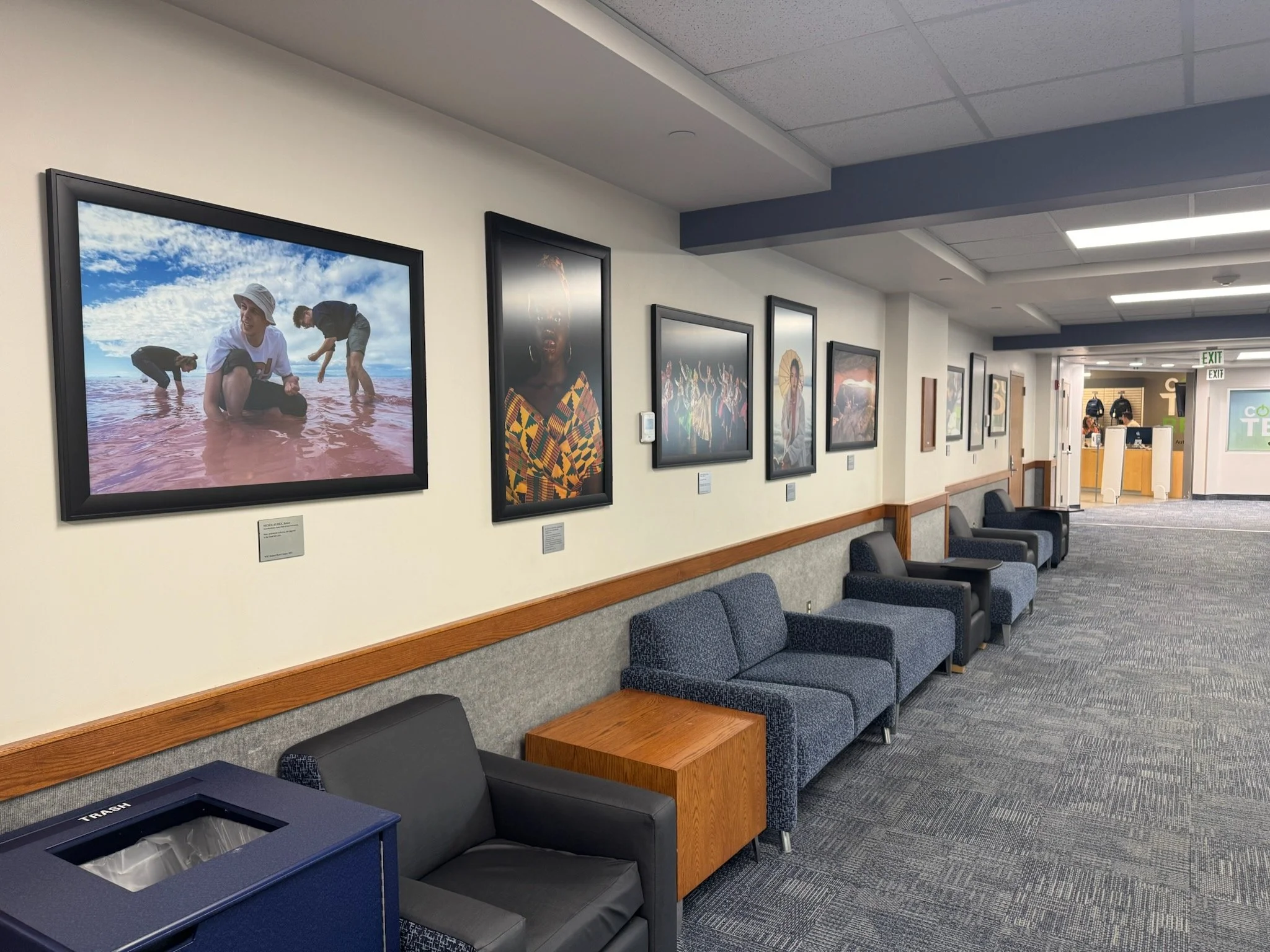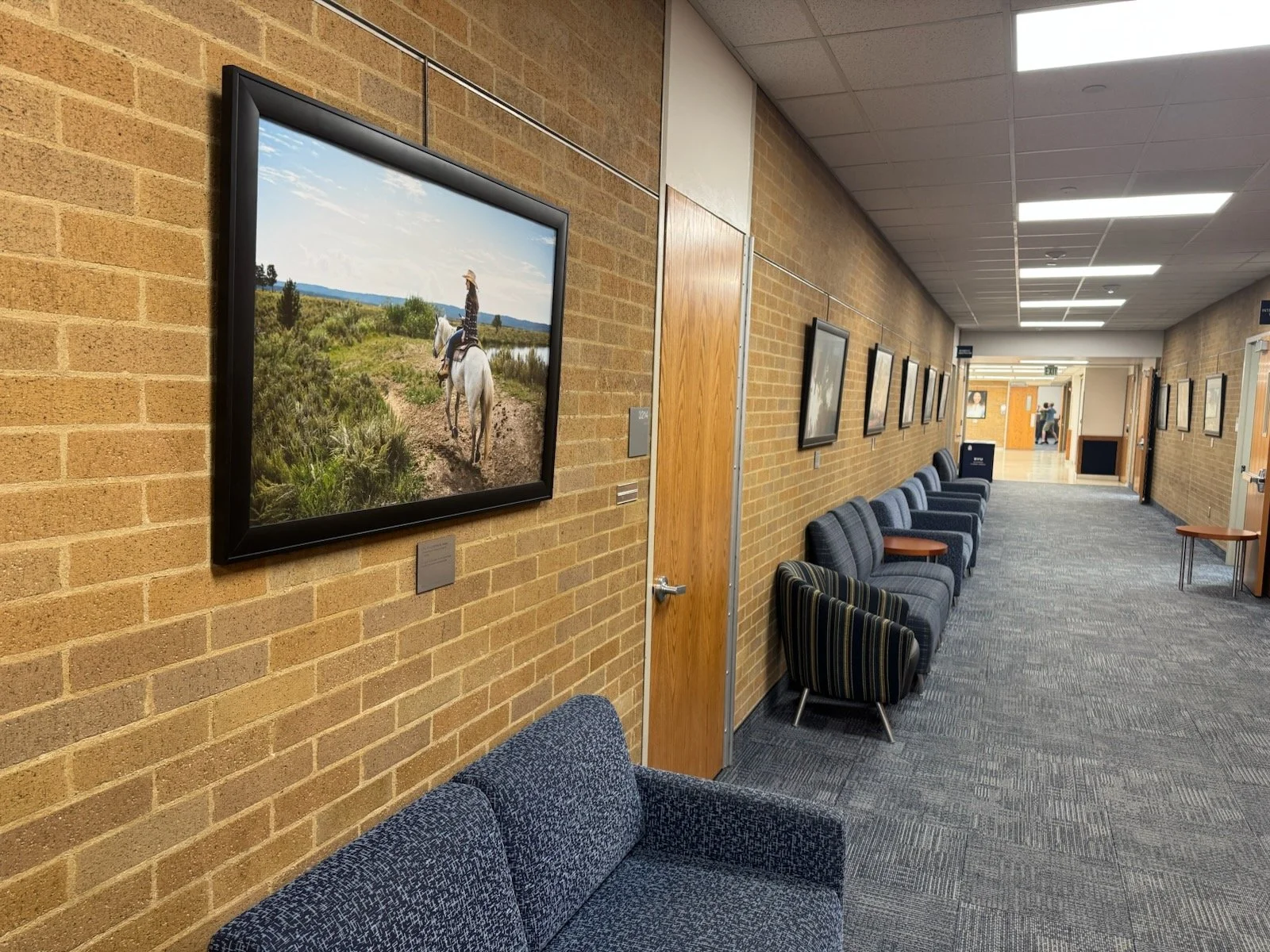From Campus to Community: Lessons from a Campus Contest
by Kyle Slaughter, Western Planner Editorial Board
It’s been approximately six years since I made the jump from community consulting and planning to working as an administrator at a large private university. The job similarities continue to surprise me. From community engagement to transportation planning, and from campus design to community goals, the parallels are almost endless. After all, the university acts as its own city, complete with its own economy, traffic flow, goals, and culture. My goal here is to highlight how our campus program relates directly to community development. While differences certainly exist, the parallels are significant enough to provide valuable insights for community leaders.
Background
When I first started as a university administrator, my role focused on data collection aimed at enhancing the student experience in line with the university’s mission and goals. I quickly discovered that most students were proud of their school and felt a personal connection to its mission. However, my coworkers revealed that, despite good intentions, the university had not fully capitalized on student capabilities to align campus design elements with institutional goals. This impacted the student center-a building intended to encompass the campus culture. There were a lack of intentional efforts to make the building’s design match its purpose.
The result was a student center that felt mismatched: a hodgepodge of artwork reminiscent of a grandmother's living room, mingled with antique maps seemingly lifted from a pirate's treasure trove. As someone passionate about community engagement, I saw an opportunity. With permission, I collaborated with a campus committee to launch the Dean of Students Photo Contest.
Intended Outcomes
Photo contests are nothing new—they are quite common and for good reason. They offer a way to see life through a fresh lens, capturing unique perspectives. Our community consists of ~36,000 students, each with a unique viewpoint. We wanted to showcase these perspectives to increase students' sense of belonging and highlight the possibilities they can achieve at our university. These principles apply just as well in larger communities.
Our photo contest has four primary goals:
Providing a platform for students to showcase their talents.
Allowing students to share their experiences through photography.
Inspiring students by highlighting campus life and opportunities.
Connecting student experiences to the broader university mission and goals.
Program Details
Each year, submissions are accepted over 3-4 months to maximize participation. We aim to reach as many students as possible, which has led to high engagement—even from students in majors not typically associated with photography. We receive between 400-600 submissions annually, with each student allowed to submit one photo per category. Categories are thoughtfully selected to align with university goals around student involvement and belonging.
Judging Process:
Round One: Initial ranking by student employees and staff, narrowing down to ~30 photos per category.
Round Two: Voting by a larger group of students and employees across multiple categories.
Round Three: The general student body votes for their favorite photo, which wins “Best of Show.”
Funding for prizes and framing is provided by the student center, repurposing funds that would have otherwise been spent on traditional décor.
After the awards ceremony, winning photos are displayed in the student center with placards featuring information about the student photographers. This approach fosters a sense of ownership and pride among students.
While submission rules and logistical details are beyond the scope of this article, I am happy to provide more information upon request.
Results and Impact
Over the past five years, the contest has successfully encouraged students to share their perspectives on university life. Feedback has been overwhelmingly positive, with students expressing appreciation for seeing peers engaged in activities they might also pursue.
Our goal is to continue increasing participation. While more photos are always welcome, the true value lies in helping students document their experiences and muster the courage to share their work publicly. Non-participants report appreciating that the artwork in the building is now student-centric in both content and origin.
In order to increase the connection between the student center’s aesthetic, culture, and university goals, we have kicked off a new mural competition with similar goals and structure to the photo contest. We anticipate the ongoing commitment to locally produced artwork will reinforce and simultaneously create the culture we strive for.
Lessons for Community Planners
While the context of a student center is different from that of a neighborhood or town, the underlying principles of community engagement remain the same. Here are some key takeaways for community leaders:
Foster Community Ownership: Engagement is highest when residents feel a sense of ownership and pride in their community. A well-executed program can enhance this connection, turning places into meaningful spaces.
Build Community Pride: While a photo contest might not be the perfect fit for every community, creating opportunities for residents to celebrate their town fosters pride and belonging.
Trust Local Talent: Community-driven artwork has an authenticity that corporate art cannot replicate. Involving local artists—even if their approaches are unconventional—yields meaningful and relatable outputs.
Design Matters: The look and feel of public spaces significantly influence how they are perceived and used. Whether through murals, statues, or other artistic expressions, thoughtful design choices help create a sense of “home” for community members. Words in a general plan have little meaning if the aesthetic and “feel” of the community doesn’t follow suit.
Use the little spaces. You may not have a lot of options for displaying resident-created art or providing residents with a say in design. Changing your perspective to see even little things as opportunities can help you identify locations you may never have thought of before. We use wall space for photos that historically has been left blank because there wasn’t “a good fit”. The effort has changed unused space into an opportunity to align the visual culture of campus with the interpersonal culture of students. You can achieve the same by looking at your old signs, walls, even potentially fences to provide a canvas to the community.
The transition from community consulting to university administration taught me that the principles of community engagement and culture building are remarkably consistent across settings. By leveraging student talent and perspectives, our photo contest has not only enhanced the student center’s aesthetic but also contributed to a stronger sense of community and belonging on campus.
You can apply similar approaches in cities to align community aesthetics with community goals and help build belonging through an increased sense of ownership.
ABOUT THE AUTHOR
Kyle Slaughter is a Senior Consultant for Assessment, Evaluation, and Research with Brigham Young University. He was formerly a community development consultant with Utah’s Community Development Office, working throughout rural Utah on planning and administration issues. He has a background in consulting, survey design, and data analysis. He holds a Masters of Public Administration from Brigham Young University.
For other ideas on public engagement, check out our archived series, Art of Engagement, by Lee Nellis, FAICP
Mural in Laramie




